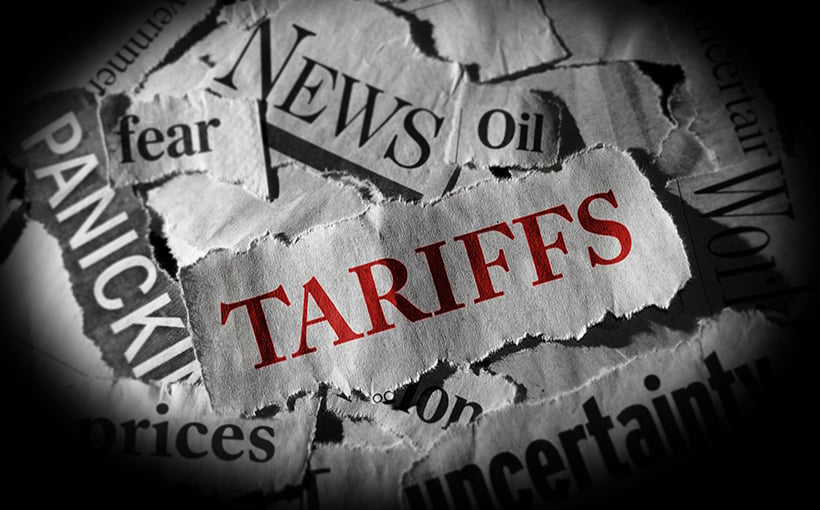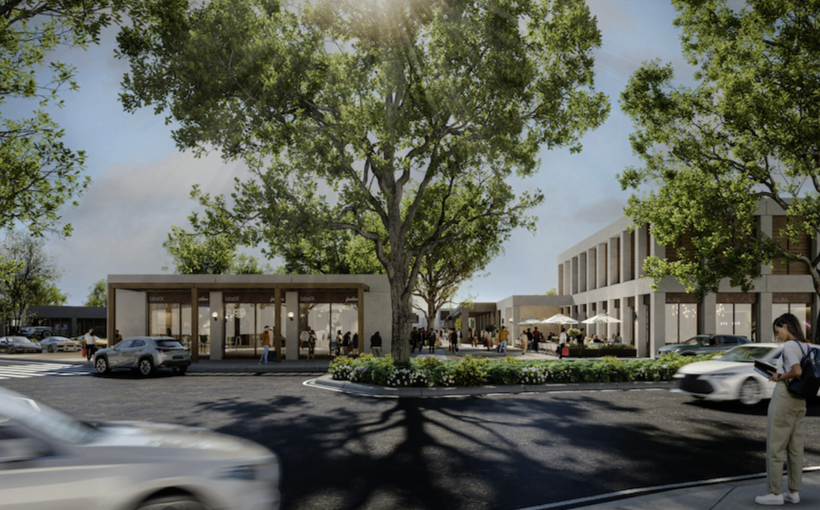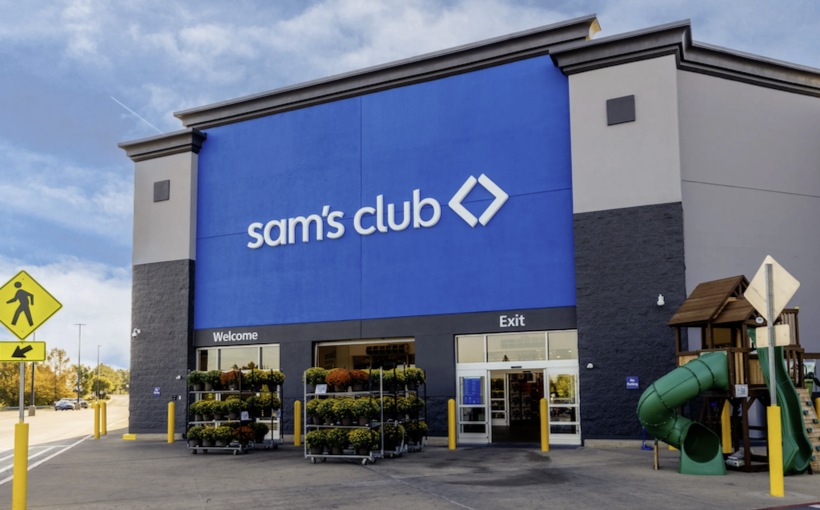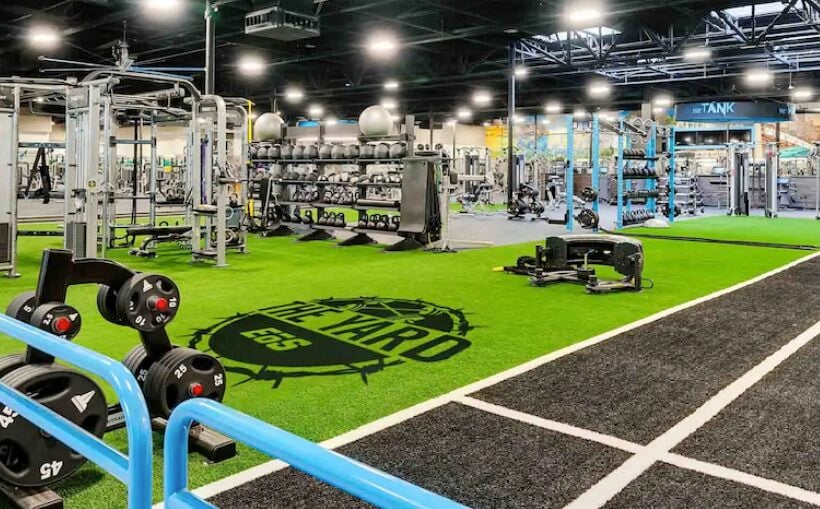# **Defining Commercial Real Estate in an Uncertain Environment**
In a recently released video, *As Uncertainty Rises, Stability of CRE Stands Out*, Marcus & Millichap’s Senior Vice President John Chang explains that we are currently experiencing a cycle of uncertainty, driven largely by an intense and rapidly changing news cycle. Factors such as potential tariffs, immigration policies, and government regulations contribute to the economic unease.
“Last October, the U.S. Economic Uncertainty Index was at 109,” Chang noted. Today, that index sits at 224—comparable to levels seen during the global financial crisis. “And it looks like uncertainty will remain elevated for an extended period,” he added.
## **Understanding Market Reactions**
Uncertainty tends to trigger market reactions. “Stock and bond values aggressively move in unpredictable ways,” Chang pointed out. However, despite the volatility, the broader economy remains stable, with healthy GDP growth, job creation, a relatively low unemployment rate, and positive inflation-adjusted retail sales.
While the Federal Reserve has yet to reach its 2% inflation target and interest rates remain higher than many investors would prefer, commercial real estate prices have adjusted in recent years to align more closely with the cost of debt capital, according to Chang.
## **What This Means for Commercial Real Estate**
Despite market shifts and economic uncertainties, commercial real estate remains a resilient investment due to several key factors:
### **Declining New Construction**
Construction across the multifamily and industrial sectors has slowed significantly. Office and retail development has also remained weak. According to Chang, “Policies such as tariffs and stricter immigration enforcement will likely restrain new supply additions.”
### **Rising Demand**
Demand for commercial real estate is increasing while supply continues to shrink. The multifamily sector remains strong, and office absorption turned positive in the final quarter of 2024.
Additionally, retail demand is still pent-up, with limited supply preventing retailers from fully executing their expansion plans.
## **The CRE Outlook**
Chang predicts that commercial real estate vacancy rates and rent growth will remain positive. “If you consider that new supply will be constrained while demand for all types of commercial real estate continues to grow, the long-term opportunities in this sector become particularly appealing,” he explained.
In times of uncertainty, commercial real estate stands out as a stable investment option—especially when compared to other sectors that might experience significant volatility, Chang concluded.
About the Publisher:
Steve Griffin is based in sunny Palm Harbor, Florida. He’s an accountant by profession and the owner of GRIFFIN Tax (www.griffintax.com) and REVVED Up Accounting (www.revvedupaccounting.com). In addition, Steve founded Madison Avenue Technology (www.madisonave.tech). With a strong passion for commercial real estate, he’s also dedicated to keeping you up to date with the latest industry news.




